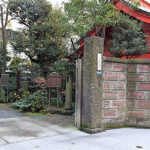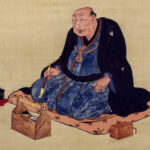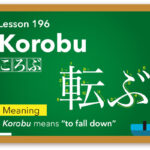Although rakugo performances follow the stylized conventions established long ago, the storyteller’s freedom to improvise and incorporate modern vernacular and references to recent events has contributed to the popularity of the artform. New stories are constantly being created and added to the traditional repertoire of over 500 classic stories. When rakugo was first performed in Japan, it was intended to be performed by a Japanese performer for a Japanese audience.
However, in the early 1890s, Australian-born Henry Black, who is better known by his stage name, Kairakutei Black, began performing rakugo in Japan to a Japanese audience. He was Japan’s first foreign-born rakugo performer. His audience was surprised to see a foreigner who not only had learned Japanese but had become fluent enough to make them laugh.
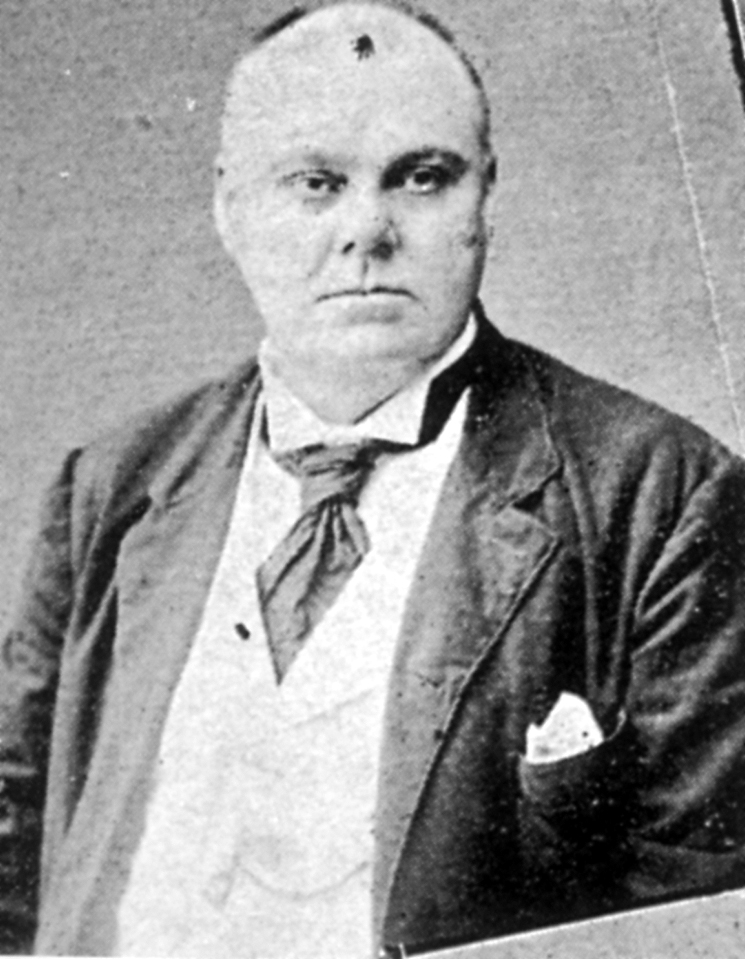
In the late 20th century, there was another notable “first” in rakugo history; a Japanese-born rakugo performer who performed in English. His stage name was Katsura Shijaku II. He made his debut in 1962 and went on to become the first rakugo storyteller to perform in English and to take the art overseas to foreign audiences. Shijaku started studying English as a hobby in the early 1980s and initially began translating rakugo stories to improve his English skills. He gave his first English-language rakugo performance in 1983.
Throughout his career, he toured various English-speaking nations including Australia, New Zealand, Canada, the United Kingdom, and the United States. His repertoire included approximately 60 Japanese stories and 15 English stories, some of which he wrote himself. In recent times, Japan has seen a rise in rakugo performed in English.
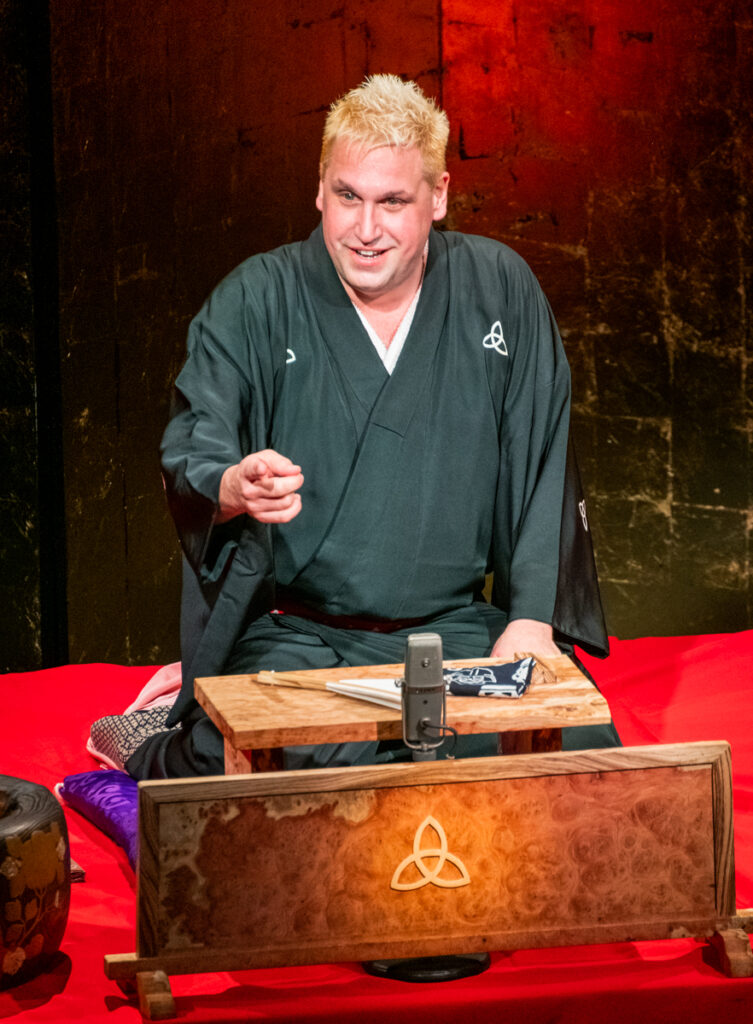
Although rakugo is no longer limited to Japanese speaking audiences, it is less known outside of Japan compared to other forms of traditional Japanese theater. However, rakugo performers like Katsura Sunshine are working hard to change that. Sunshine is a Canadian-born rakugo storyteller who gives performances both in Japan and abroad. He brought his rakugo act to New York’s SoHo Playhouse in November 2017 and continues to be a popular player in the world of rakugo. He strives to spread English rakugo all over the world and have it become as popular as sushi, manga, and sumo in Western culture.
In 2020, I had the opportunity to interview Katsura Sunshine for my book, Talking About Rakugo: The Japanese Art of Storytelling (ISBN: 1087944422). It is currently available on Amazon and other major online book retailers.

『Kristine’s Eye on Japan: Introduction to Japanese Culture』
Writer: Kristine Ohkubo
(1/18/2022)

